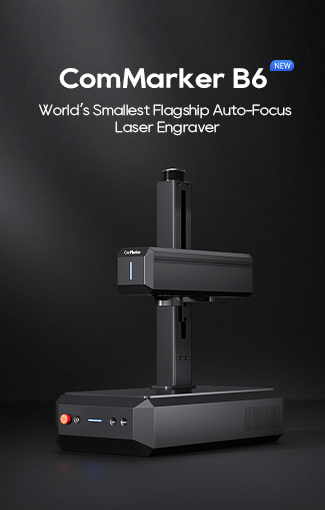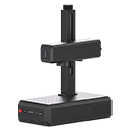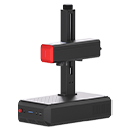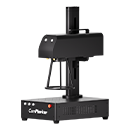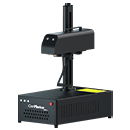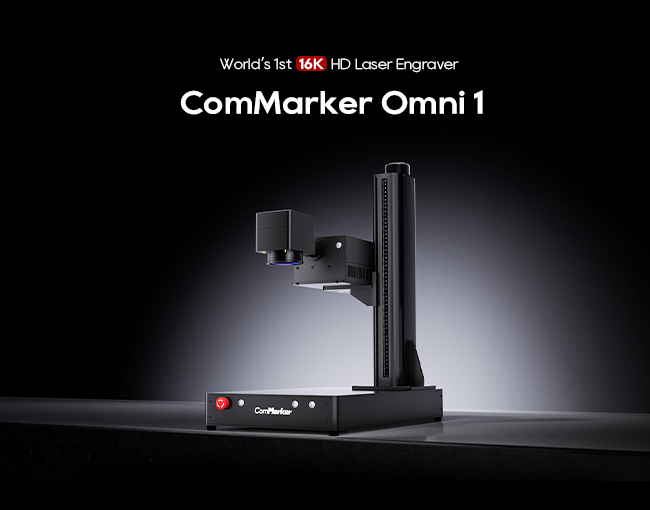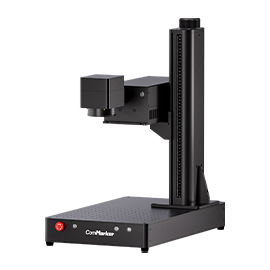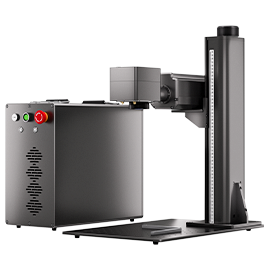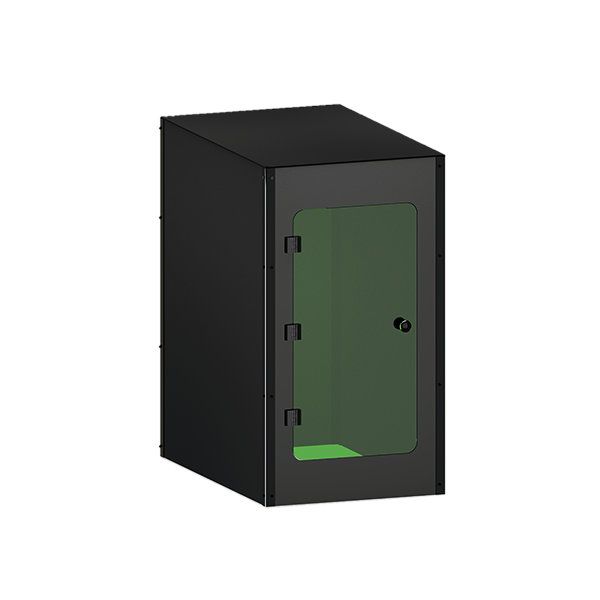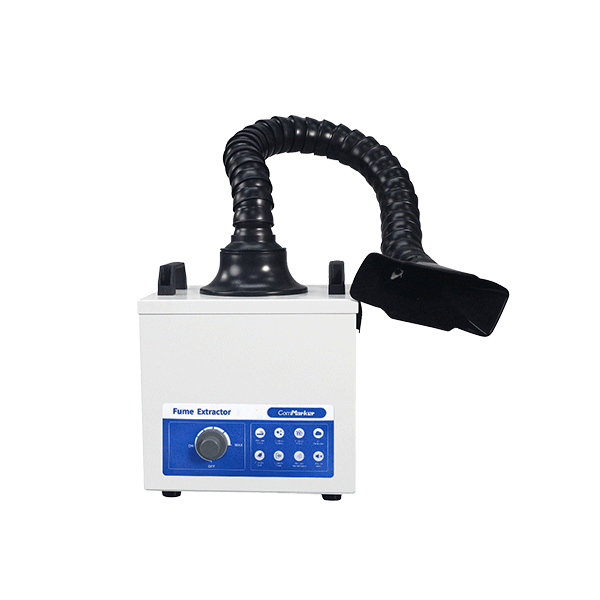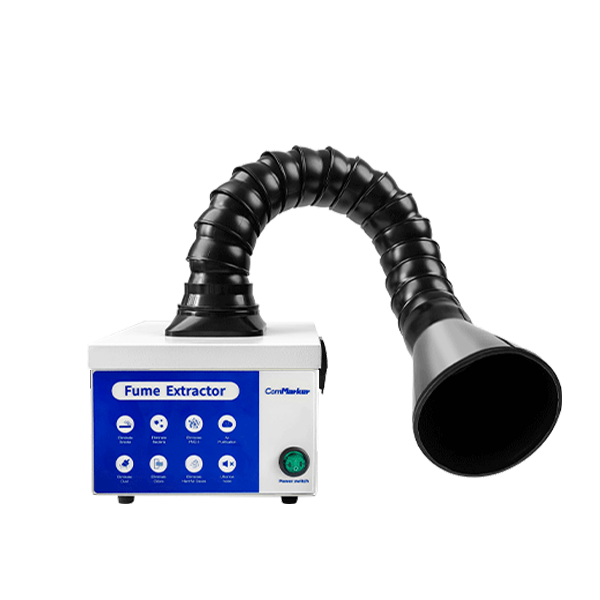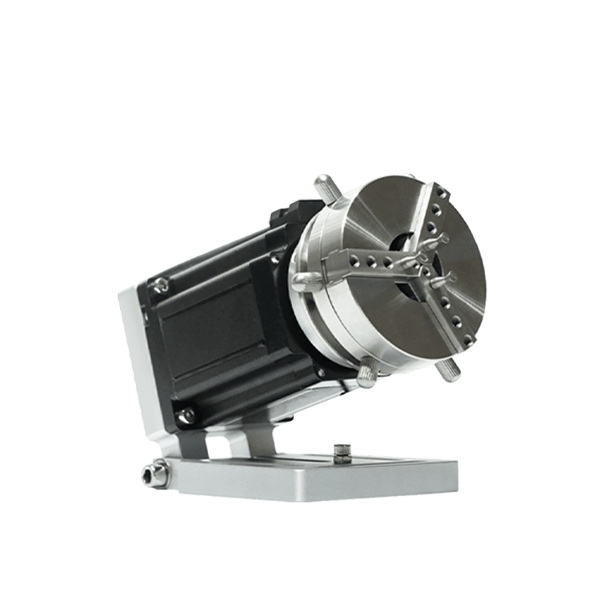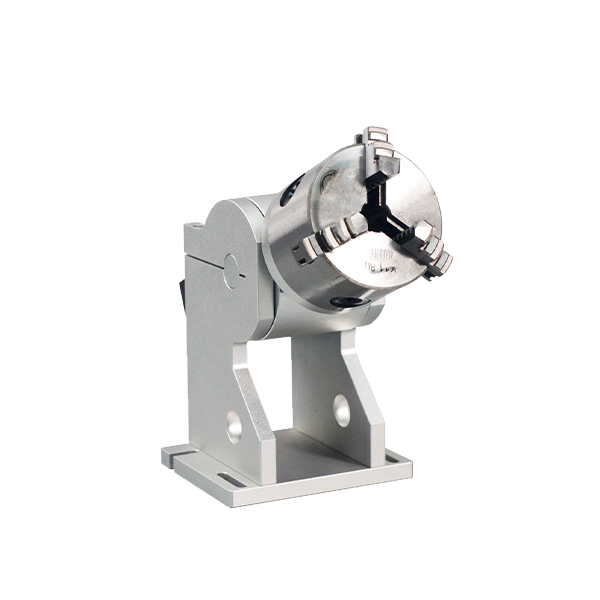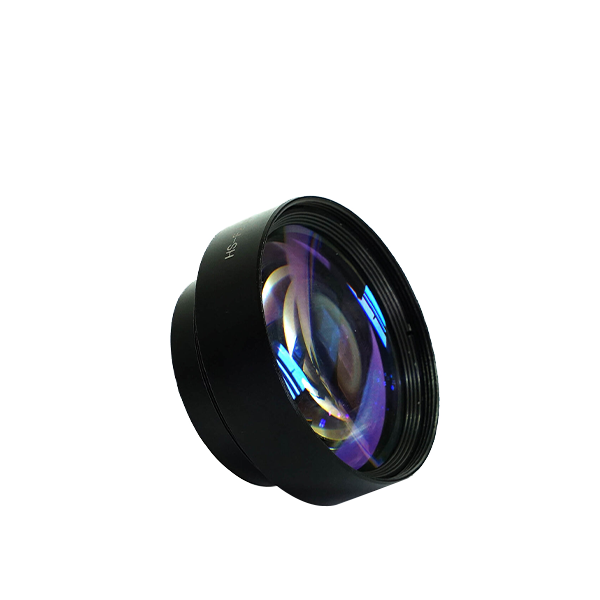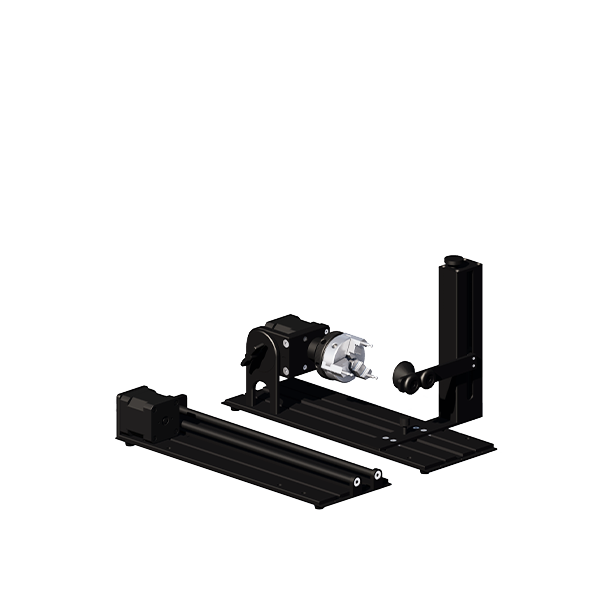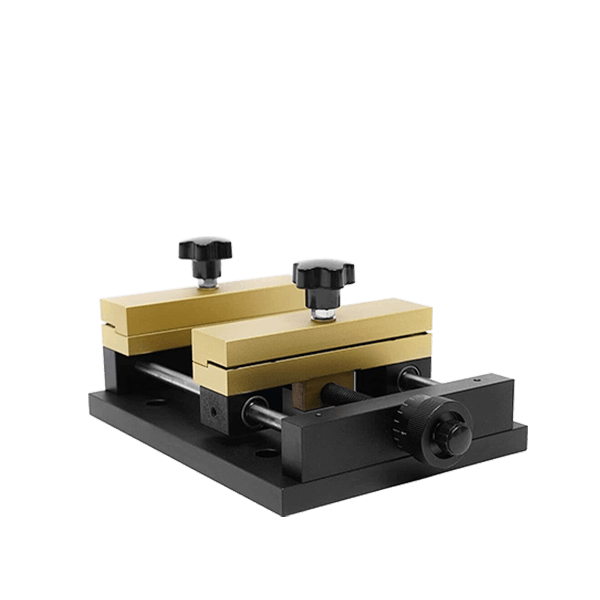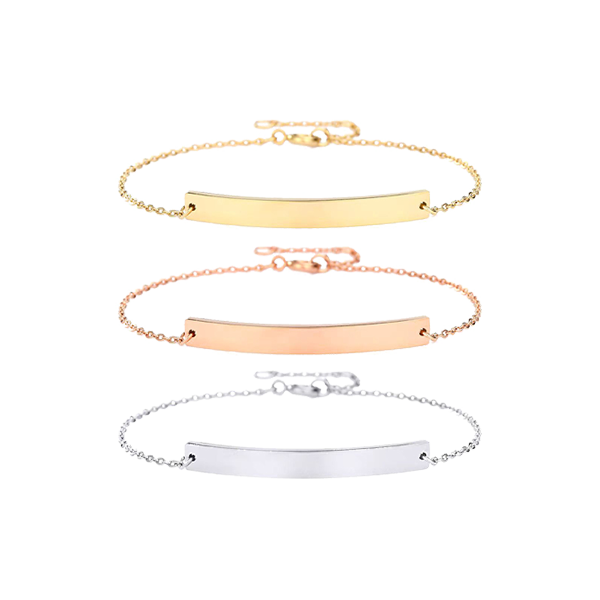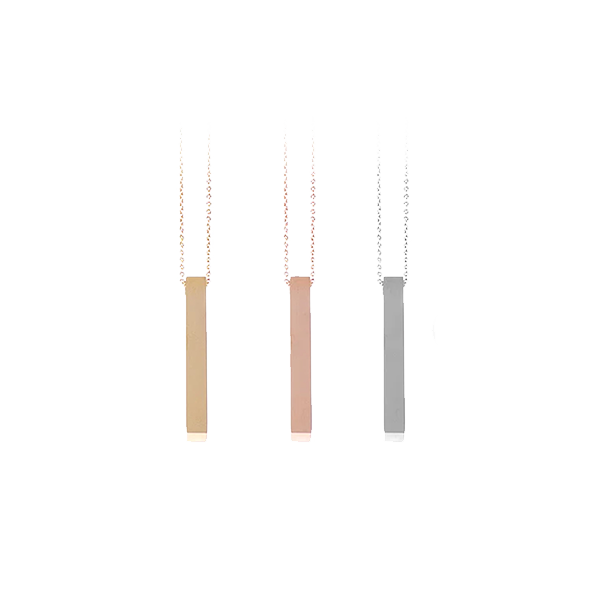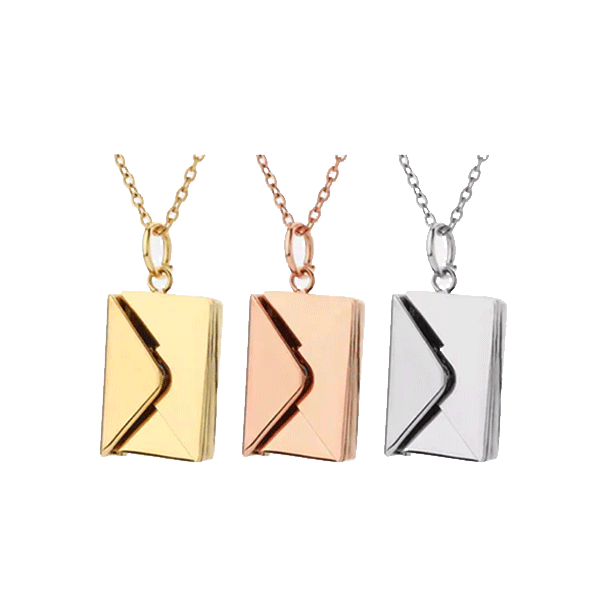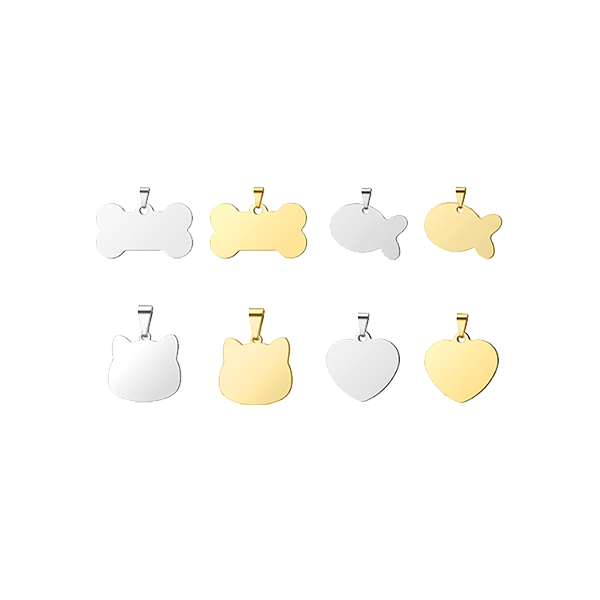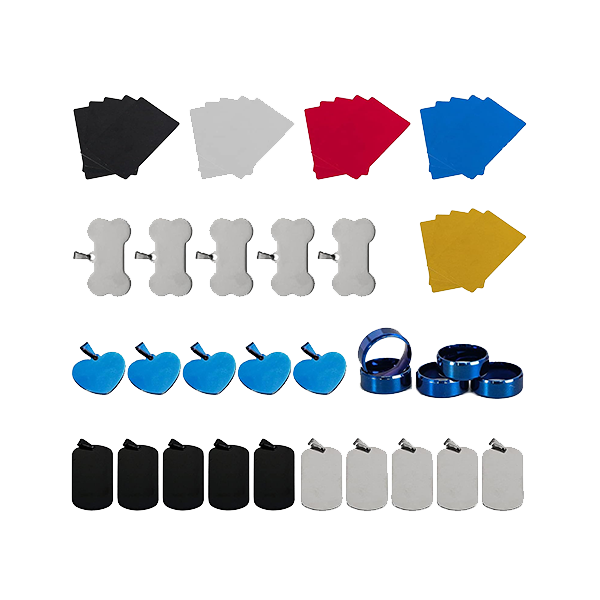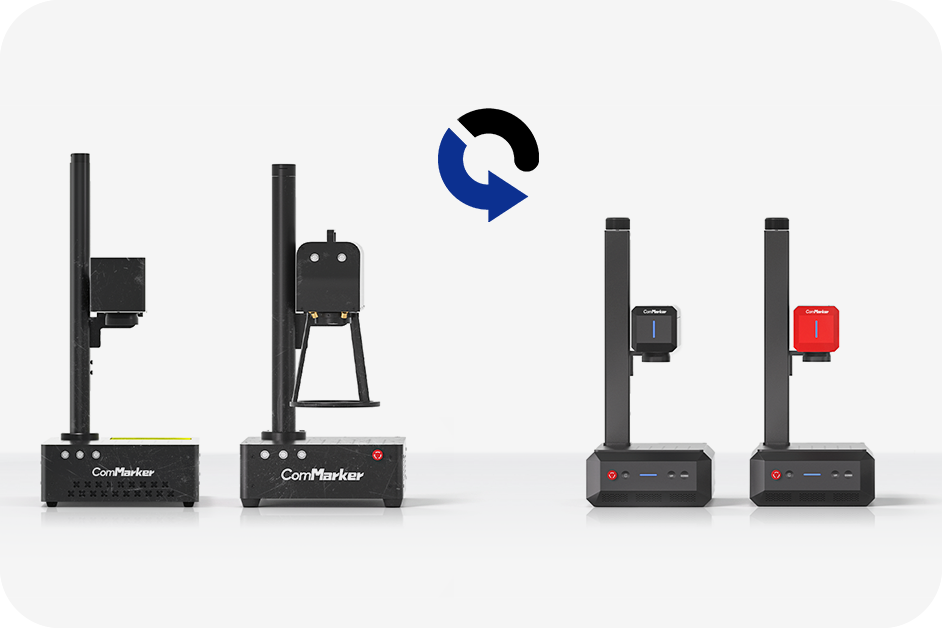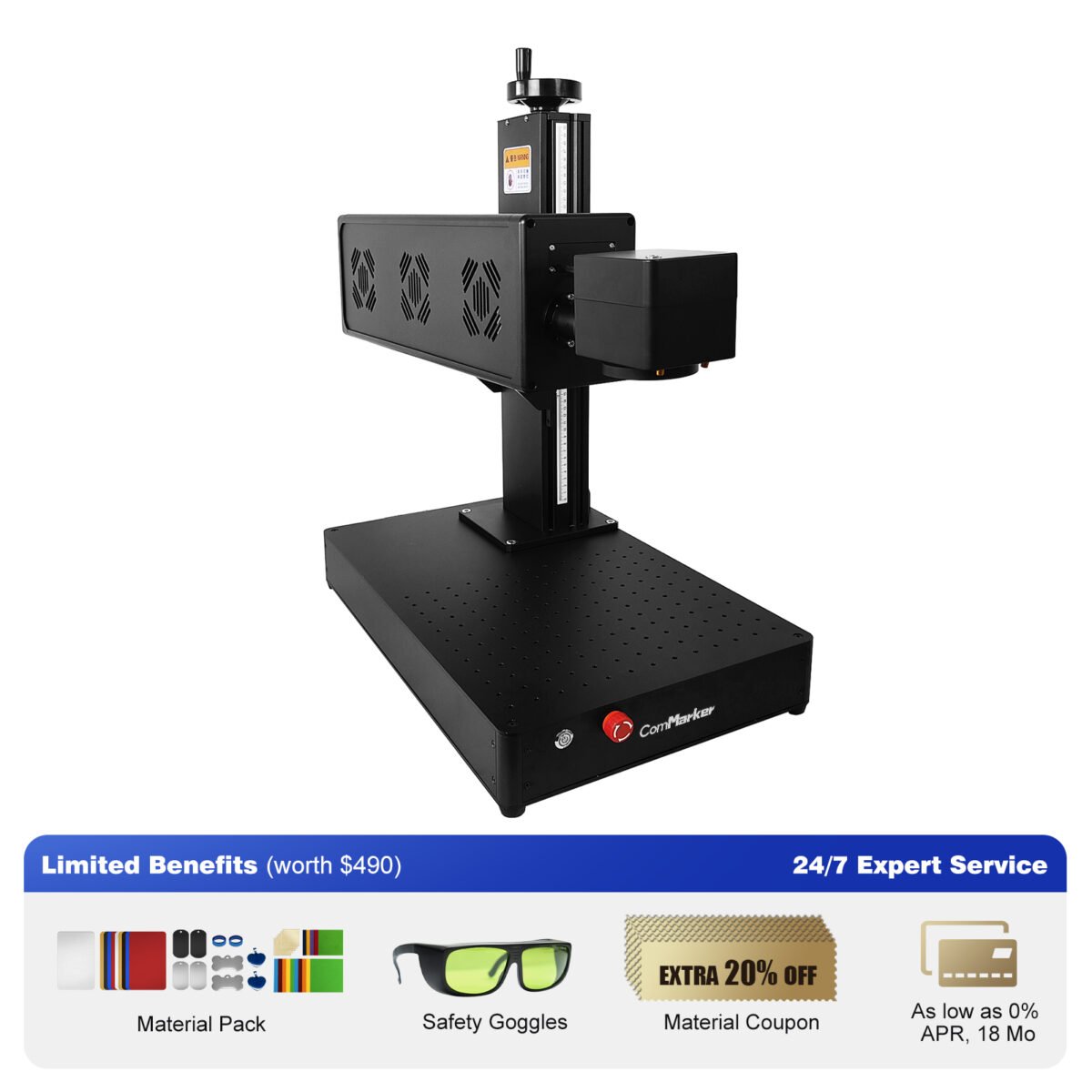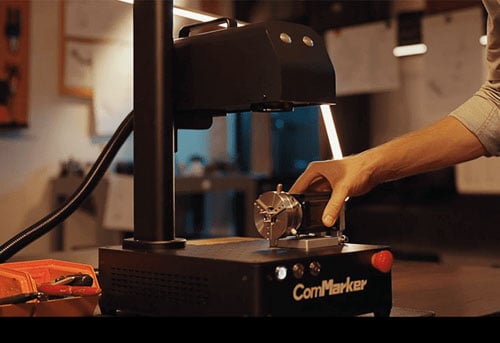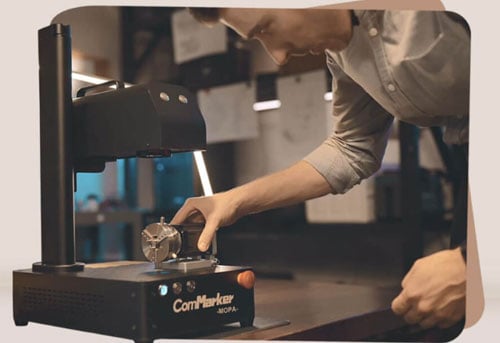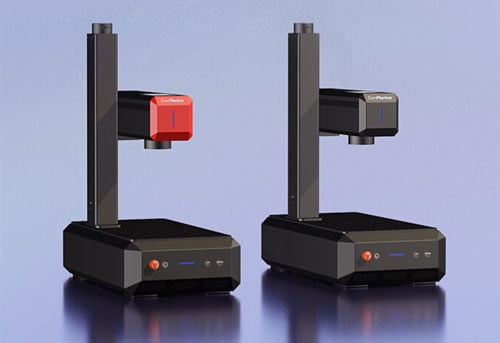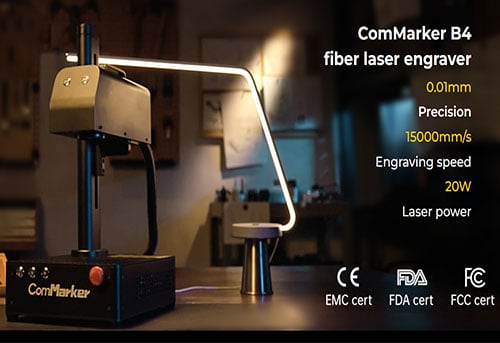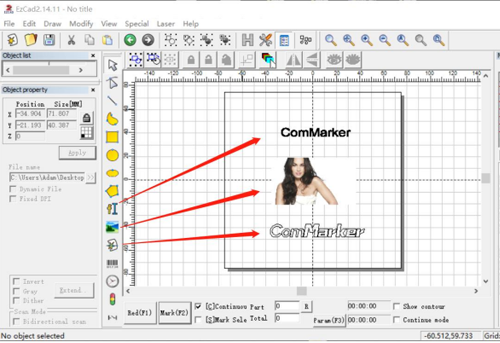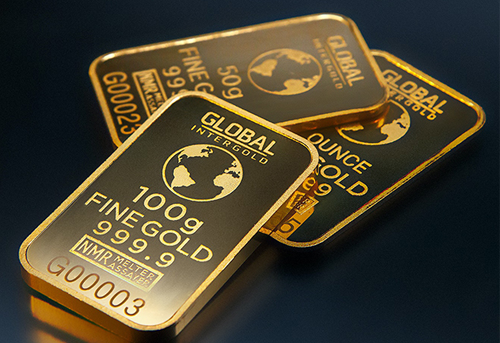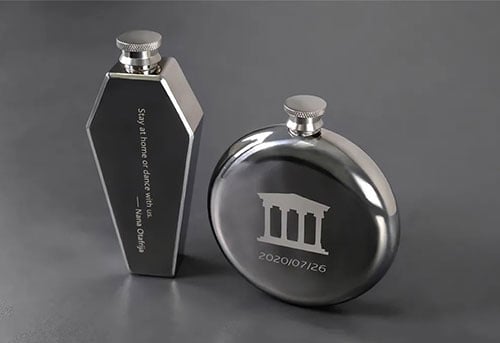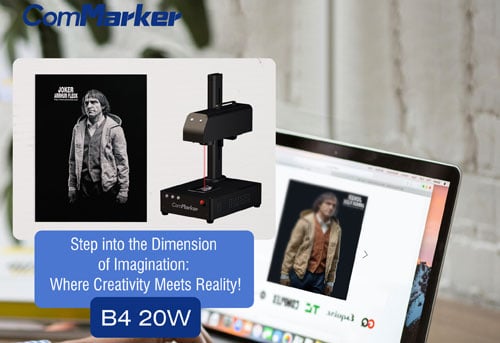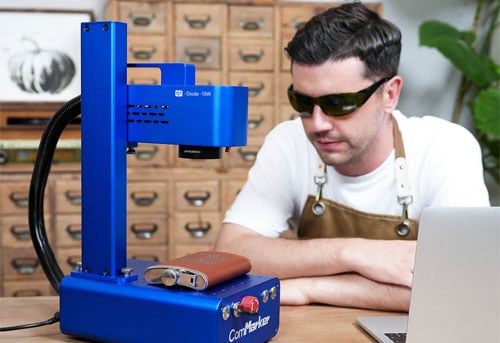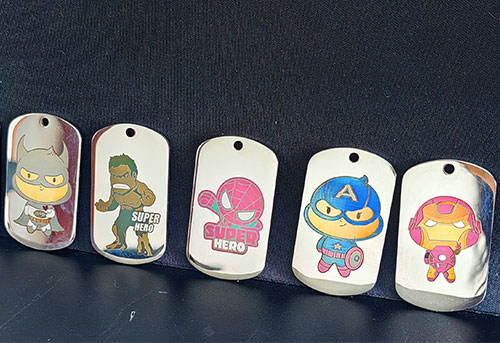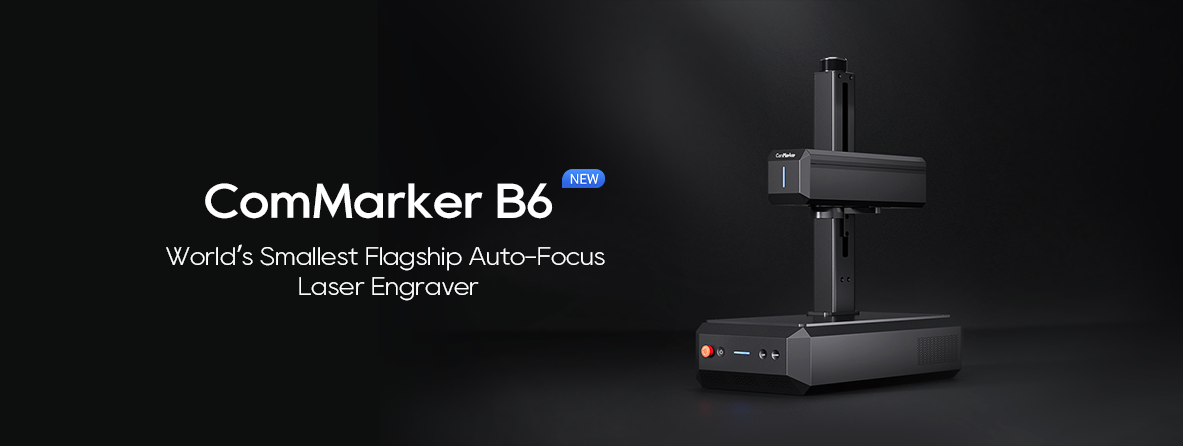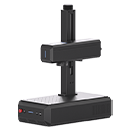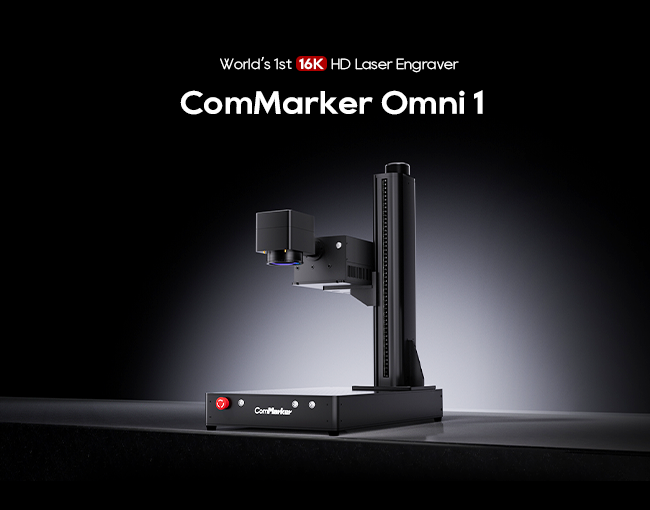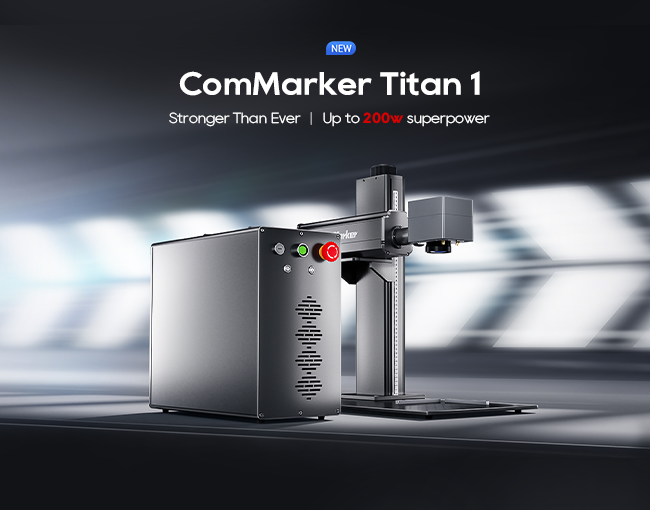If you’re considering getting a laser engraver for your customized business or you’re an industrialist seeking to level up your manufacturing game, you might be confused between CO2 and Fiber lasers.
Wonder what difference these two laser technologies –Fiber laser and CO2 laser possess?
Well, the big difference comes down to what they’re good at and how they work. In simpler terms, each has its own capabilities and laser strengths, especially when it’s about processing certain materials, thicknesses, and particular applications. Ultimately, all that matters is the material and work requirements in hand.
This blog post will give you a closer look at each of these machines, along with its pros and cons, so that you can make an informed decision.
Table of Contents
The Basis of Laser Technology
The laser engraving technology, which is a pinnacle of efficiency and precision, has changed the game of how we used to put patterns and designs onto objects, making modern manufacturing and creative craftsmanship reach unprecedented levels of intricacy and sophistication so that everything looks super elegant.
Yet, within this umbrella, two technological marvels emerge—Fiber and CO2, each with distinct wavelength and capabilities. At a glance, they may share the same purpose of marking design onto the piece of material, but their difference is as stark as day and night.
Take CO2 laser as the master of organic materials that effortlessly work through leather, wood, ceramics, acrylics, and glass with finesse and grace.
Meanwhile, the Fiber laser engraver stand tall as a sovereign of metals that take it concentrated laser beam penetrating steel, aluminium, gold, silver, and brass with unmatched accuracy.
There’s no doubt that the efficiency and versatility of both of these technologies have made them indispensable tools in multiple fields as diverse as automotive, medical, aerospace, jewelry, and signage.
If they’re compared based on technical criteria, they’re dictated by the wavelength they operate at and the material they’re best suited for. A fiber laser usually has a wavelength of 1,060 nm, while CO2 lasers have wavelengths in the 10,600 nm range. In general, fiber lasers have many advantages over CO2 lasers.
This fundamental contrast in their strength shapes the choice of artisans and industries alike, determining its optimal use for realizing their creative visions and manufacturing needs.
Section 1: Differences Based on Technology and Operation
-Understanding The CO2 Laser Engravers
While your CO2 laser is at work, know that there’s a system working based on the principle of stimulated emission of radiation within a carbon dioxide gas mixture. This exactly made the system work when the CO2 gas mixture is energized within a sealed tube using an electric current discharge.
The excitement of these gas molecules causes them to reach higher energy states, followed by the emission of photons, resulting in an amplification of light within the laser cavity and, ultimately, a coherent and concentrated light beam.
The wavelength at which the CO2 laser engraver operates falls in the mid of the infrared range, recording a wavelength of 10.6 micrometres (µm). This range has significant implications for material interaction during engraving, allowing wood, leather, ceramic, glass, cloth, and acrylic to be ideal substrates for light absorption.
However, metals are not their good friend, because the long wavelength makes them insufficient in penetrating the metal surfaces, where less precise engravings and slower processes are often the results.
ComMarker CO2 Laser Marking Machine
Industry-leading CO2 Galvo Laser engraver and Marking System Different from fiber laser engraver machine ,CO2 laser marking machine adopt CO2 RF
– Understanding Fiber Laser Engravers
While we scrutinize the workings of Fiber laser marking machine, we come to know that they’re a product of modern optical engineering and are distinguished by their utilization of doped Fiber optic cables. Within these cables lies the unique infusion of rare-earth elements that give the Fiber its laser-making powers.
Here’s how it works– the operation mechanism of Fiber engravers begins with the introduction of energy within the doped Fiber, activated through either electrical stimulation or optical excitement. This infusion of energy causes a state of heightened activity among the embedded rare-earth elements, which, as a result, emit photons, generating coherent and concentrated laser beam characteristics of Fiber models.
Unlike its CO2 counterparts, Fiber laser systems discharge light at significantly shorter wavelengths, typically at 1060 nm, located near the infrared spectrum. This divergence in wavelength, a reason for their distinct operational principle and materials, allows this laser unit to be compatible with all metal substrates.
Metals, being receptive to these shorter wavelengths, respond well to the laser beam, rendering the Fiber laser system unparalleled in efficacy with engraving on brass, aluminum, gold, stainless steel, silver, and leather, you name it.
Thus, both of these technologies are a testament to their intricate interplay of wavelength and material interaction, given that our CO2 laser is a perfect machine for processing organic materials and the B4 Fiber laser as a top choice for application in the category of metalwork.
ComMarker B4 20W fiber laser engraver
Electric Lifting: The ComMarker B4-20W features an advanced, concealed lifting motor. 3D Embossing and Deep Engraving: B4-20W laser engraving machine handles intricate, multi-level 3D engraving and deep engraving on metal and rock. Spacious Work Area: 110mm and 200mm dual lenses, marking area with dual red dot locators for precise calibration and focusing. Wide Compatibility: Engrave…
Section 2: Differences Based on Application and Material Compatibility
– CO2 Lasers Engravers

This CO2 gas-based machine, owning to its remarkable precision and engraving capabilities, allows effective interaction with a range of organic materials, including leather, wood, glass, ceramics, cloth and fabric.
Imagine those leather wallets with your names engraved or your wood plaque home decor ornament that highlights your family’s fame. But that’s not all— the wine glasses appearing on your dinner table can be upgraded by engraving some artistic pattern or themed quotes using our CO2 laser machine.
Operating at power levels of 60W and marking at a wavelength of 10.6 nm, they’re great for getting absorbed by most of these surfaces.
What’s cool is that their excellent quality laser beam offers a more precise and controlled surface removal of these material surfaces, opening up its extensive use in many sectors such as education, industry, small business, and even home enthusiasts.
The longer wavelength of the CO2 laser ensures it gets deeper into the material, serving as a veritable tool for artisans, craftsmen, and industrialists alike, opening various paths of creativity with its focused brilliance.
Here are some key areas where it excels the best.

- CO2 Laser For Industrial Application-Marking And Cutting
The CO2 laser technique finds its intensive use in material cutting, perforating wood and acrylic with more accuracy than mechanical or chemical methods. Its high-speed cutting feature with minimum thermal distortion makes it a preferable choice for many industrial fabrication, automotive manufacturing, and signage production.
These machines can be employed for engraving product packaging, tags, labels, product information, and safety warnings. The 10,600 range wavelength when work directly on materials, produces durable and temper-resistant labeling solutions for packaged goods.
All in all, the short setup time, decreased labor costs, and fast production runs are a few of the main reasons that carbon dioxide lasers are so widely used for industrial applications. Even your favorite carved patterns on architectural panels, barcodes, part numbers, and decorative elements on parts and products are possible with these machines.
- CO2 Laser for Custom Engraving on Organic Material:
The CO2 laser is the master tool for transforming an ordinary item into a unique piece of art, far exceeding what traditional engravers do. It works through the material by the high-quality laser beam that removes the top layer of the surface, leaving concave traces therein with an accuracy measure in 0.01mm.
Surprisingly, this intricate working equipment becomes a valuable tool for detailed engravings, custom marking, and product traceability on the workpiece without damaging the surrounding material.
So, whether it’s achieving complex geometries and subtle patterns, this one is ideal for applications requiring fine processing.
Your apparel, leather patches or wood kitchenware are all good substrates for personalised markings and engravings using our CO2 lasers.
- CO2 Laser for Architectural and Interior Design:
CO2 lasers stand high for their high level of performance. These machines can be programmed and adjusted to suit a variety of materials and application requirements, giving rise to the architectural department.
Operators can design their own models, decor ornaments, or decorative elements and easily transfer them onto organic surfaces. This is particularly valuable for creating unique and personalised home decor products.
– Fiber Laser Engraver
This optical-based laser technology is an undisputed champion mastering in the field of metal processing with high efficiency, reliability, and precision, opening its doors for various commercial and industrial applications such as metal cutting, welding, and additive manufacturing.
ComMarker metal laser engraver offer a narrow wavelength range, typically around 1.06 micrometres, which is well-suited for processing metals and other reflective materials. Their superior beam quality allows for precise and fine-detail work, making them a preferred choice in the automotive, jewelry, aerospace, and electronics industries.
So, whether it’s a metal coin, your jewelry piece, or a metallic stainless steel tumbler to keep you hydrated during the gym, these engravers can make them custom-made while keeping every minute detailing exactly in place.
What’s incredible is that it’s completely versatile, so it shines through as it effortlessly tackles various metal thicknesses and types, solidifying its position as the perfect equipment for your precise metalwork across industries.
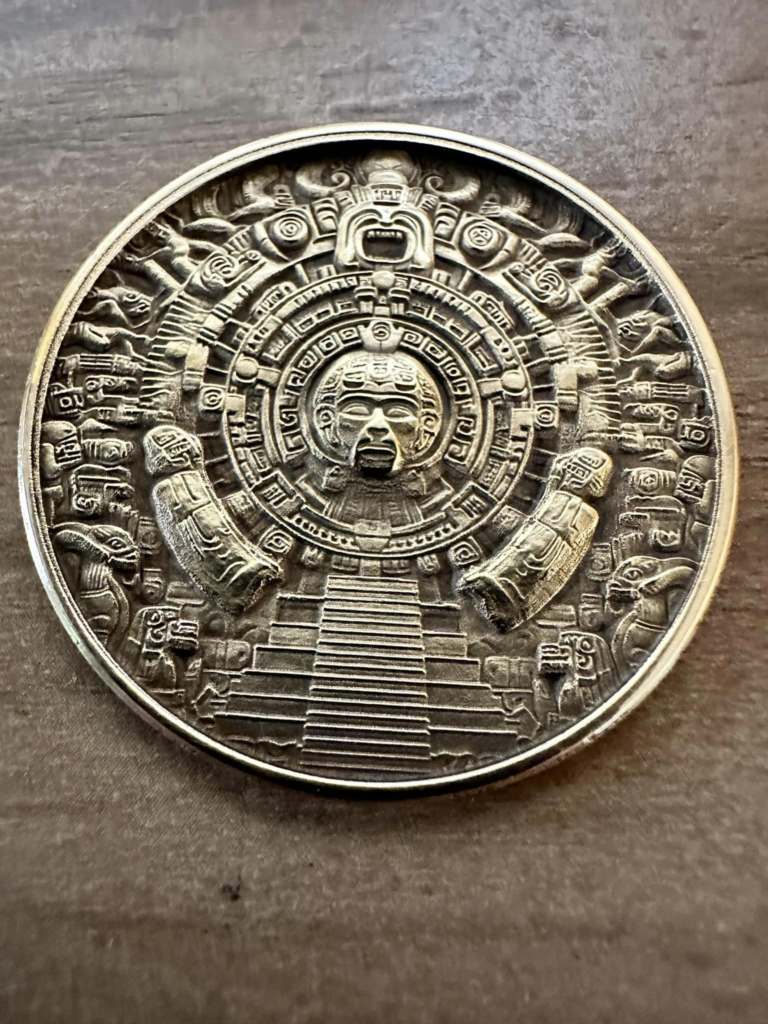
- Fiber Laser For Jewellery Marking
Fiber laser is the most efficient solution to turn your unique jewellery pieces into meticulously crafted and personalised masterpieces, reflecting your individuality and elegance. So, be it your wedding dates engraved on rings or your initials on your pendant or bracelet, our B4 Fiber laser machine makes your life easier.
Even jewellery brands can leverage this technology to mark logos, trademarks, and brand names on these pieces to establish brand authenticity and identity.
- Fiber Laser For the Industrial Sector
Fibre lasers’ versatility, efficiency, and top-class precision span a wide range of applications. Take the automotive sector, for instance; these machines are employed for serial numbering, part identification, and branding of engines and chassis.
Not just that, the electronic industry finds its practicality for marking QR codes and serial numbers on electric circuit boards and other components, facilitating traceability and quality control.
- Fiber Laser for Custom Metal Engraving
Fiber laser engraving services are extensively beneficial for both commercial and personal applications, catering to individual customers, businesses and industries altogether. You can be creative with your designs, and Fiber Laser can make this a reality for you.
Dog tags, metal cutleries or stainless steel tumblers make our machine work through engraving fine details, textures, and shading effects to create aesthetically pleasing custom artwork, signage, architectural elements and home decor.
Section 3: Differences Based on Efficiency and Maintenance
–The CO2 Laser
CO2 has traditionally been a reliable product in the landscape of laser technology, attributed to its robust performance and versatility across a range of materials. However, when analyzing its energy consumption and efficiency, it tends to lean towards the low end of the spectrum.
What we mean here is that CO2 needs significant laser power to sustain its operations, so it can end up using more energy compared to other types of lasers. The reason is that CO2 lasers are gas-based systems; for them to produce light, high voltages need to pass through gas-filled tubes, increasing the energy in gas particles and thus creating photons.
While they certainly do their best job with their intense power, they don’t exceed the efficiency level similar to what their counterparts do. Simply put, CO2 lasers lose by far on energy efficiency with a 10-15% power conversion rate vs. the 30-50% achieved by Fiber lasers.
When it comes to maintenance parts, this may get you under periodic servicing and replacement of consumables, gas refilling expenses, and wear and tear of components.
– The Fiber Laser
Conversely, Fiber laser engraving machine emerge as a shining beacon of energy efficiency and productivity in the laser world that need up to 50% less electricity than CO2 lasers due to their simpler, more efficient design, making them indispensable tools in today’s fast-paced manufacturing and fabrication environments.
Unlike the CO2 laser, this type of machine boasts a solid-state design that maximizes energy utilization and minimizes wastage. By leveraging its Fiber optic technology and semiconductor components, they run with remarkable energy efficiency and significantly consume less power without compromising the overall performance.
This marked efficiency translates into operational benefits for users, including reduced running expenses and environmental impact, making it the go-to tool for those seeking sustainability with quality.
But wait, it’s not over yet; the solid-state Fiber laser doesn’t even burden you with any maintenance needs, further increasing its appeal in commercial and industrial settings. With fewer moving parts and no need for gas replenishment, this offers increased uptime, allowing operators to stay more focused on the application and less on maintenance tasks.
Section 4: Differences Based on Cost Considerations
Let’s come to the most important factor, the cost analysis, where dollars and cents are your criteria for judgment when choosing laser engraving technology for your work.
Initial investment
- CO2: They’re lighter on the wallet, meaning they charge you with a lower initial investment. This makes it an attractive option for businesses with budget constraints or those who’re just starting out.
- Fiber: The advanced optical Fiber technology and superior performance make Fiber laser models cost a bit higher at first; however, the no-maintenance and operational benefits may compensate for those prices.
Operating Costs:
- CO2: Despite their lower upfront costs, they tend to incur operational costs over time in the form of consumables, gas refilling, and maintenance, adding to ongoing costs.
- Fiber: Fiber lasers fall under the cost-effective category for all metal engraving applications and some surfaces of plastic and leather with the utmost accuracy. Their operational benefits are tremendous; thus, it’s the most economical and staple tool for engraving.
Section 5: Comparable Chart of the Overall Attributes of Fiber Laser Versus The CO2 Laser Machines
There’s no doubt that CO2 and Fiber lasers are indispensable tools in modern manufacturing, yet they exhibit distinct characteristics that influence their suitability for various tasks.
For your understanding and convenience, we’ve examined them on essential parameters such as wavelength, energy efficiency, beam quality, operating costs, versatility, maintenance requirements, environmental impact, cooling needs, and application suitability so that you can be sure what to select for your needs.
| Parameters | Fiber Laser | CO2 Laser |
| Wavelength | 1.06 µm | 10.6 µm |
| Beam Quality | Exceptional high, characterized by excellent focusability, strong beam diameter and low divergence | Comparably low due to resonator design and longer wavelength, |
| Energy Efficiency | Relatively Higher | Relatively Lower |
| Operating Costs | Due to solid-state design, it’s pretty lower | Due to maintenance requirements and gas consumption, it’s quite higher |
| Versatility | Versatile for any range of metals, leather and plastic | Work around a wide range of wood, glass, ceramics, acrylic, and fabric |
| Maintenance Requirements | No maintenance | Regular optics cleaning and gas refills |
| Environmental Impact | The high energy efficiency means it has a lower environmental footprint. | The gas emissions and consumption make it detrimental to the environment |
| Cooling Requirements | The compact design and efficiency make it too minimum | The water cooling systems make it a bit higher |
| Application Suitability | Jewellery marking, Custom metal Engraving, 2.5D marking, electronic and automotive parts fabrication. | Wood decor customization, architectural modelling, leather patch crafts, and glass surface treatment. |
How to Choose the Right Laser for Your Needs?
Opting for an appropriate laser system for your engraving projects demands a thoughtful evaluation of various factors, ensuring they align optimally with your specific requirements and objectives.
Here’s a breakdown of what you should consider when navigating through the myriad choices of laser engravers.
Material Compatibility
Begin your efforts by identifying what material you’re working with. For instance, if your work is all about processing organic materials such as wood, leather, ceramics, glass, and acrylic, go for our CO2 laser, as it got a shorter wavelength and optimal material interaction with non-metallic surfaces.
Conversely, if your nature of work predominantly involves metal surfaces such as steel, brass, gold, or aluminium, our B4 Fiber laser system is your go-to-choice for sleek engraving action.
Production Volume
This factor asks you to consider the anticipated production volume as to how many items you’re going to engrave. If you’re into the precision business with a lot of small batches, then the CO2 laser is your definite tool, but if you’re into big numbers in a hurry, especially with metals, your Fiber laser engraver is the speed powerhouse you need.
Scalability and Versatility
Think about your anticipated growth and evolving operational need and ask yourself: Will your need change? Choose a laser that grows with you, meaning the one that offers scalability and versatility to accommodate potential expansions and diversification of your product offerings.
You can even look for options for laser machine-compatible accessories or add-ons to enhance its capabilities so you can keep up with your evolving hustle.
Long-term Operational Costs and Maintenance
This factor is really a matter of consideration; therefore, evaluate where the cost-benefit comparison of the laser system is in your favour. Generally, while CO2 machines offer you lower upfront costs, they may incur higher operational expenses over time, often due to consumables or maintenance requirements.
In contrast, Fiber lasers have higher upfront costs, but they boast very little to no maintenance, making them a cost-effective tool in the long run and likely to be more efficient with high-volume jobs.
Precision Requirement
Lastly, ask yourself, are you a detail-oriented person who prefers fine patterns and clear lines or someone who can compromise the quality? Know that CO2 nails it with intricate designs and artistic craftsmanship on wood and acrylic, and Fiber lasers excel with crisp, clear engraving on metal surfaces.
Conclusion
As laser technology has appeared in recent years, it has made a revolutionary breakthrough in many industries. Laser, in their standard prototypes, either CO2 or Fiber, has indeed made huge technological leaps, but one thing still confuses us: how different they are.
Upon realizing the working science and, what we also learned from this blog is that each machine is different in its suitability for different materials and tasks. In fact, these types of laser source technology have variations in quality, type, power, and versatility.
The most highlighted difference between Fiber and CO2 laser markers is the wavelength of light they produce. Short wavelengths typically have more energy and a higher absorption rate than long wavelengths. As a result, a laser’s wavelength affects its ability to mark certain materials.
Lasers with these distinct functional capabilities have shown their effectiveness across various domains, not even leaving a basic DIY enthusiast.




